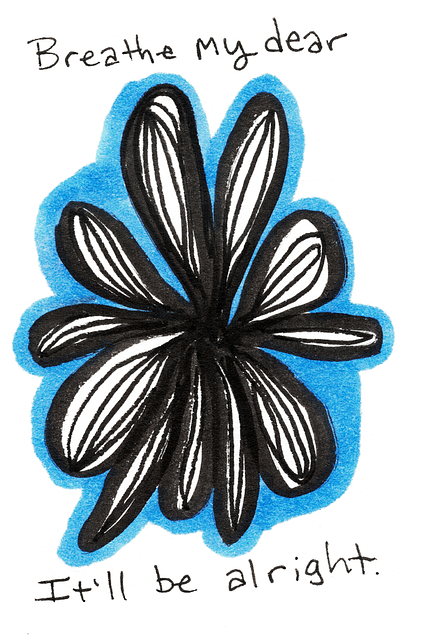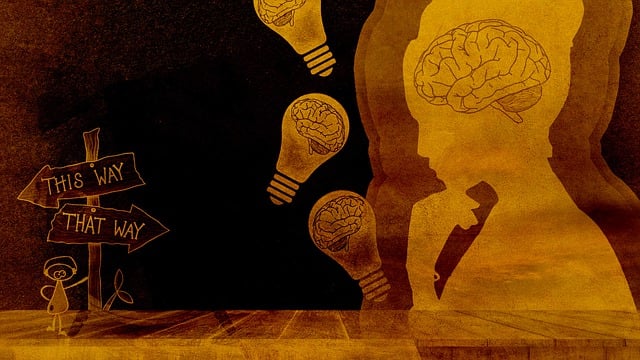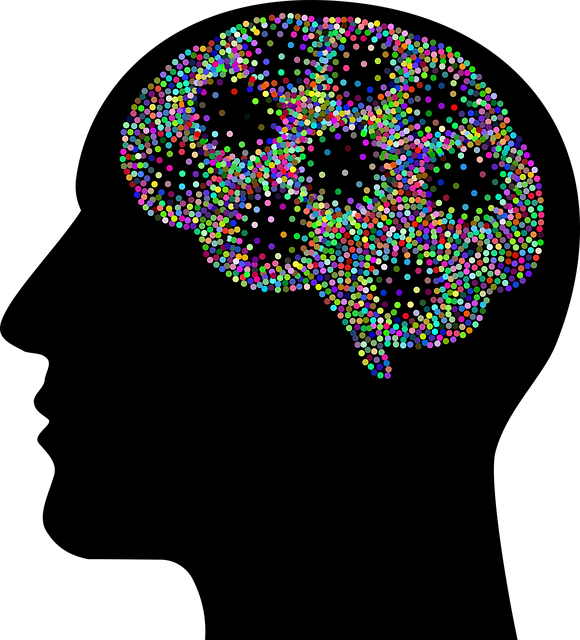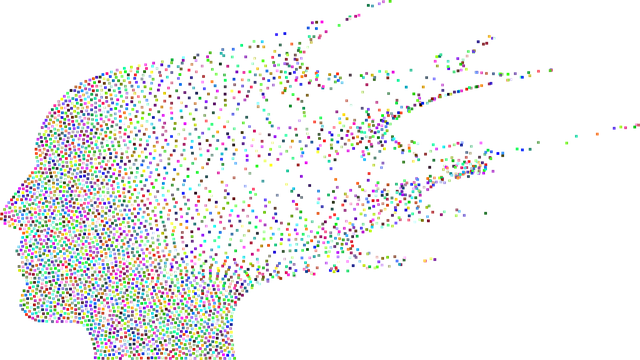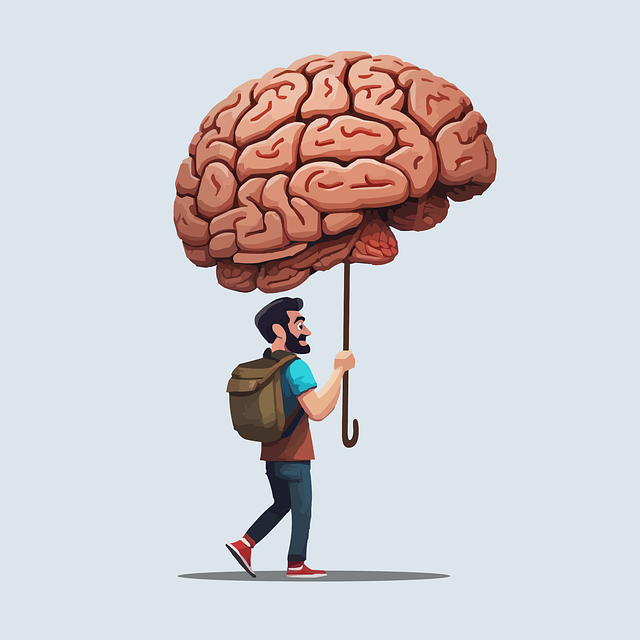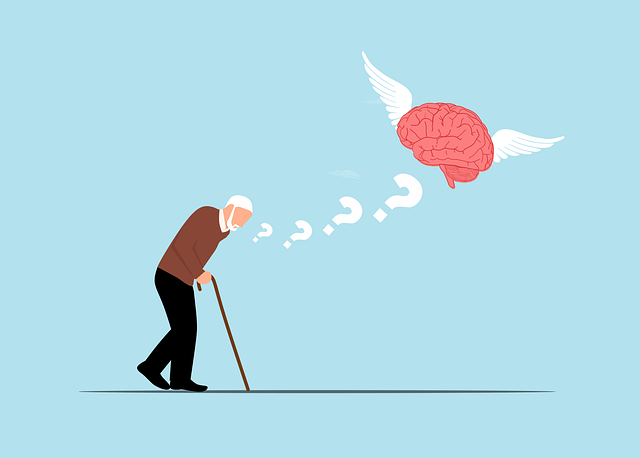The Broomfield Adolescent and Teen Therapy center addresses the growing mental health issues among teens by offering integrated education focusing on early intervention, positive thinking, stress management, and conflict resolution. Their model combines individual counseling, group therapy, evidence-based practices, and interactive activities to create a supportive environment. The program prioritizes burnout prevention for healthcare providers and self-esteem improvement for teens, fostering resilience. A holistic curriculum covers emotional regulation, coping strategies, self-care routines, and community outreach, promoting self-awareness and positive relationships through workshops, role-playing, and art therapy. Evaluation through pre-post tests and feedback mechanisms ensure program effectiveness and continuous improvement.
Mental health issues among adolescents and teens are on the rise, making it crucial to integrate comprehensive mental health education into their learning environments. This article explores the design of an effective program, drawing from the Broomfield Adolescent and Teen Therapy Model. We delve into key components, curriculum topics, implementation strategies, and evaluation methods to ensure programs cater to the unique needs of young individuals. By focusing on evidence-based practices, we aim to empower teens with resilience and self-care skills.
- Understanding the Need for Mental Health Education in Adolescents and Teens
- Key Components of an Effective Program: Broomfield Adolescent and Teen Therapy Model
- Designing Curriculum: Topics and Activities for Comprehensive Learning
- Implementation Strategies to Ensure Engagement and Impact
- Evaluation and Feedback: Measuring Success and Continuous Improvement
Understanding the Need for Mental Health Education in Adolescents and Teens

In today’s fast-paced world, mental health issues among adolescents and teens have become increasingly prevalent, highlighting the urgent need for comprehensive education in this area. The Broomfield Adolescent and Teen Therapy center recognizes that early intervention and awareness are key to fostering resilience and overall well-being. Many young individuals struggle with managing stress, understanding their emotions, and resolving conflicts, which can significantly impact their academic performance, relationships, and future prospects. Therefore, integrating mental health education into their curriculum is essential.
By teaching adolescents about positive thinking, stress management techniques, and conflict resolution skills, they gain valuable tools to navigate the challenges of adolescence. These programs empower teens to recognize when they or their peers might be in need of support and encourage open conversations around mental health. Such initiatives can prevent more severe issues from developing and promote a healthier, more supportive environment for young people to thrive.
Key Components of an Effective Program: Broomfield Adolescent and Teen Therapy Model

An effective mental health education program should incorporate a structured and holistic approach, such as the Broomfield Adolescent and Teen Therapy Model. This model emphasizes the importance of tailored interventions that address the unique needs of young individuals. By focusing on key components like individual counseling, group therapy sessions, and evidence-based practices, these programs can foster a supportive environment for adolescents to explore their mental health challenges. The Broomfield approach prioritizes active engagement through interactive activities and communication strategies that encourage open dialogue.
Incorporating Burnout Prevention Strategies for Healthcare Providers is crucial within such programs. By promoting self-care and fostering resilient coping mechanisms, healthcare providers can effectively support both themselves and the adolescents they serve. Additionally, focusing on Self-Esteem Improvement techniques enables young people to develop a positive sense of self, which is integral to their overall well-being and recovery. Through these comprehensive strategies, mental health education programs can empower adolescents with valuable tools to navigate and improve their psychological landscapes.
Designing Curriculum: Topics and Activities for Comprehensive Learning

Designing a curriculum for a mental health education program requires a well-rounded approach to address various aspects of adolescent and teen therapy. At Broomfield Adolescent and Teen Therapy, we believe in creating a safe space for learning and growth. The curriculum should encompass fundamental topics such as stress management, emotional regulation, and coping strategies tailored for the younger demographic. Engaging activities like role-playing scenarios, art therapy sessions, and group discussions can effectively teach these skills.
Integrating concepts of emotional intelligence is paramount. Encouraging self-awareness, empathy, and positive interpersonal relationships through interactive workshops and personal reflection exercises will empower teenagers with essential tools for navigating their mental health journeys. Furthermore, a Community Outreach Program Implementation component can broaden students’ perspectives, fostering a sense of belonging and encouraging support networks among peers. Self-care routine development is also a key focus, teaching teens practical ways to maintain their well-being both independently and within their communities.
Implementation Strategies to Ensure Engagement and Impact

Implementing a mental health education program requires thoughtful strategies to engage participants and maximize its impact, especially when targeting adolescents and teens like those served by Broomfield Adolescent and Teen Therapy. One effective approach is integrating interactive Mental Wellness Journaling Exercises that encourage self-reflection and emotional expression. This not only enhances Emotional Well-being Promotion Techniques but also fosters a sense of agency in managing one’s mental health.
Additionally, providing practical Guidance on various mental health topics through engaging workshops or group discussions can make abstract concepts more tangible. Incorporating real-life scenarios and peer sharing allows participants to connect with the material on a deeper level. Such interactive methods have been proven to improve knowledge retention and encourage open conversations about mental health, ultimately contributing to broader Mental Health Awareness within the community.
Evaluation and Feedback: Measuring Success and Continuous Improvement

Evaluation and feedback play a pivotal role in the design and improvement of any mental health education program, especially when considering initiatives like Broomfield Adolescent and Teen Therapy. Measuring success goes beyond simple satisfaction surveys; it involves tracking specific outcomes related to enhanced self-awareness, improved anxiety relief techniques, and overall better risk management skills among participants. This could include pre-post tests designed to gauge changes in emotional regulation, coping strategies, and problem-solving abilities.
Regular feedback mechanisms ensure that the program remains relevant and effective, allowing for continuous improvement. Incorporating Self-Awareness Exercises and integrating them into Risk Management Planning for Mental Health Professionals can provide valuable insights. By analyzing participant responses, identifying common challenges, and understanding which aspects of the program resonate most, educators can refine content, delivery methods, and overall design to better serve the target population.
Mental health education is a powerful tool for empowering adolescents and teens, as evidenced by the Broomfield Adolescent and Teen Therapy Model. By incorporating comprehensive curriculum that covers a range of topics and interactive activities, we can create engaging programs that make a tangible impact. Implementation strategies focusing on student participation and feedback mechanisms, such as evaluation surveys and open dialogue, are essential to ensure the program’s success and continuous improvement. Adopting these strategies, as outlined in this article, can lead to positive mental health outcomes for young individuals, fostering resilience and overall well-being.


